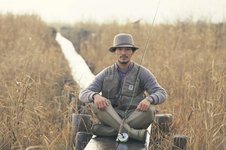Sublime
An inspiration engine for ideas
一般社団法人 gem|尺八奏者:寄田真見乃・谷口嘉信オフィシャルサイト
j-soul.kyoto.jpYamakawa Rattan – Biobject
biobject.com


“We here on the Sword of Kaigen are blessed to have some of the best and purest jijaka bloodlines in the world. Matsuda,” he said, pointing at Mamoru, “Yukino,” he indicated Yuuta, and then went on to point to the other great houses represented in the classroom, “Ameno, Ginkawa, Ikeno, Katakouri, all of you belong to a chain of great fighters
... See moreM. L. Wang • The Sword of Kaigen: A Theonite War Story
Solanki is our branch or clan. This is a kind of subcaste or lineage: the group of people we think of as our close relatives, a cluster of Kshatriyas who live in certain villages—five villages, to be precise—and with whom we share rituals and sacraments. It is this group for whom Bimal Barot and his family serve as record-keepers.
Minal Hajratwala • Leaving India: My Family's Journey from Five Villages to Five Continents
Sorakichi Matsuda moved to the USA in the 1880s, living his life virtually in poverty as he pursued his dream of becoming a professional wrestler.

